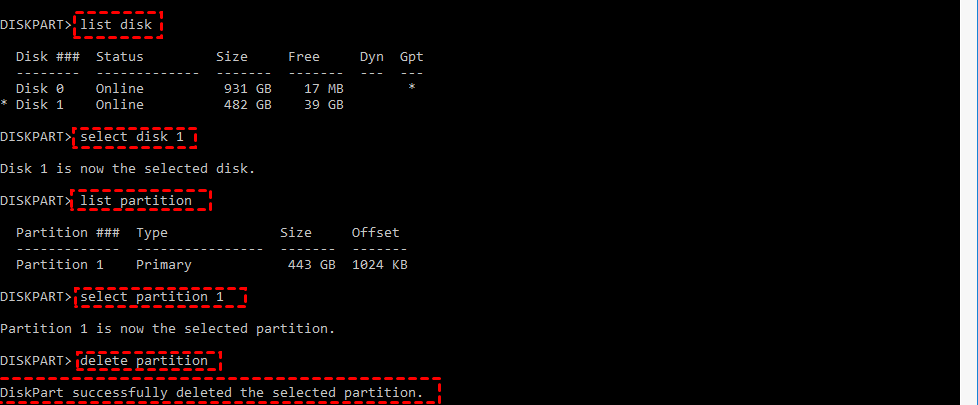

For this reason, you will have a smooth and faster process. To partition USB on Mac, familiarize yourself with the tool you will use. When you find it, right-click it and tick New Simple Volume.įree Download Free Download Learn more Section 2. Immediately locate the space that pops up on Disk Management. After that, enter the storage space you want to use and tick the Shrink button. Determine the available space for the partition. Step 3Right-click the USB drive you will use, then click the Shrink Volume button. It would be best if you ensured that all of your files had backups. Before proceeding, you can format your drive, depending on your preferred file system. The USB drives that are on your device will appear on the tool. Once you find it, type in Create and Format Hard Disk Partitions, then launch it. Step 2On the Windows Search Bar, look for its search bar. Step 1Using your Windows computer, connect the USB flash drive. Please follow the steps accordingly to avoid mistakes and errors. How to Partition A USB on Windowsĭo you know how to partition a USB on Windows? If not, this is the best method for you. If you are looking for troubleshooting guides, you are on the right page! Below are the steps to partition USB drives on Windows and Mac. Back up your files to prevent losing them permanently. Before you begin the procedure, you need to take note of one thing. It is to avoid errors when partitioning your USB. It is better to be knowledgeable about their functions and steps. These tools are the main focus once you start the process. You only need to be familiar with the built-in tools of your devices.

To partition the USB drive, you do not need professional skills. FAQs about Recovering and Partitioning USB Files Best USB Partition Recovery - FoneLab Data Retriever Repeat the partitioning procedure to create additional partitions, if required. If you only want to create a single additional partition, click "Next" to use the default, maximum size.Ĭlick "Next" to let Windows assign an available drive letter.Ĭlick the "File System" drop-down list and select "FAT32" or "NTFS." Click "Next." As an example, 10GB times 1,024 results in 10,240MB. To convert gigabytes into megabytes, multiply by 1,024. Make sure you select a smaller number to leave room for additional partitions, if applicable. Right-click the "Unallocated" or "Free Space" on the external drive and select "New Simple Volume."Įnter the required volume size in megabytes in the "Simple Volume Size in MB" field. If you already have important data on the drive, select "Shrink Volume" instead, let Windows choose the maximum amount of shrinkage and click "Shrink." Right-click the existing partition on the external hard drive, select "Delete Volume" and choose to remove the partition. Press the "Start" button, type "diskmgmt.msc" and press "Enter."


 0 kommentar(er)
0 kommentar(er)
